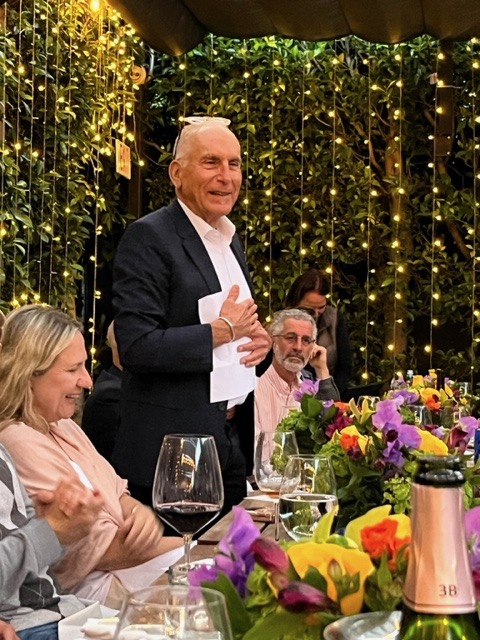New Study Provides First Nationwide Window on Juvenile Lifer Population The most comprehensive tracking effort to date looks at resentencing, release and other key outcome data, including mortality and exonerations
By Stan Paul
A newly published study in the Journal of Criminal Justice provides a picture of a unique subset of incarcerated people across the United States — juvenile lifers — or the more than 2,900 minors given juvenile life without parole sentences since the first was meted out in the late 1940s.
The open-access study originated from a grant awarded to Laura Abrams, professor of social welfare, to lead an extensive national study of young people who are ultimately given a chance at freedom after having been sentenced to life in prison.
The study is the first to supply concrete numbers and a full demographic profile of the Juvenile Life Without Parole, or JLWOP, population. It includes information on resentencing and release statuses, plus other key outcomes such as mortality and exonerations.
“The present study offers the most comprehensive national tracking effort of the JLWOP population to date,” the researchers wrote.
The study provides time-series views into core outcomes and considers variation in state-level policy contexts and resentencing mechanisms.
“We are looking at this group as a case study to look at positive outcomes of resentencing that may eventually be applied to other lifers,” Abrams said. “We have a unique group based on their age of conviction, but our research is relevant to second chances and resentencing laws and policies writ large.”
Abrams noted that more than half of all current U.S. prisoners are serving sentences of 10 years or more. Consequently, the study has the potential to inform policies related to prisoners serving long sentences and the thousands — one in seven people in prison — currently serving life terms. Ongoing national efforts to end mass incarceration have largely focused on the decarceration of people imprisoned for nonviolent felony offenses.
This publication is part of a three-year study funded by the Houston-based philanthropy Arnold Ventures. It is an ongoing effort to build a base of knowledge that supports safe and equitable sentencing and second-look policies for people sentenced to life for offenses committed before they were 18 years old, Abrams said.
Many juvenile offenders already have spent years or decades behind bars, and others have passed away, Abrams noted.
The research team includes experts from UCLA, the University of Cincinnati, Johns Hopkins University, the University of Michigan, Northwestern University and Temple University, representing disciplines such as social work, human development and behavior, public health and criminology. Abrams and an interdisciplinary team of scholars from across the country are also studying juvenile lifers who were convicted of homicide after being tried in adult criminal courts.
The researchers point out that the United States is the only developed nation in the world that sentences minors to life without parole, a policy that conflicts with provisions of international law. For example, Article 37 of the United Nations Convention on the Rights of the Child prohibits life sentences for juveniles, which is considered a major human rights issue.
In the United States, harsh sentences for youth convicted of violent offenses increased dramatically with tough on crime policies in the 1980s and 1990s. More recently, two U.S. Supreme Court rulings, known as the Miller and Montgomery cases, found mandatory life sentences for minors unconstitutional, which has led to the resentencing and subsequent release of many.
To identify this subset, the team cross-referenced data to identify the JLWOP population starting at the time of the first Supreme Court case, Miller v. Alabama, in 2012 to build a demographic profile and track resentencing, release and mortality statuses. Statistics and data visualization were used to establish baselines at the national and state levels.
Since the rulings, more than 2,500 individuals have been resentenced and more than 1,000 have been released, the research team found. They also noted significant variations by state in the number of JLWOP sentences, the extent to which JLWOP is still allowed, the mechanisms for sentence review, and the percentages of juvenile lifers released.
Because the findings demonstrate variability in how states have responded to the federal mandates set by Miller and Montgomery, challenges and opportunities for policy reform exist, according to the researchers.
Although California is among the top five states nationwide by cumulative population of juvenile lifers, the state “has effectively resentenced everyone,” the researchers reported. States such as Alabama and North Carolina have taken a slower approach with resentencing, contributing to low rates of release.
“Every state has different laws, with California being somewhat ahead of the curve on sentencing reforms for JLWOP. This is why we look nationally but also state-by-state,” Abrams said.
“There has been a dizzying amount of variety in how states have responded to the Supreme Court cases, and how those responses have shifted over time,” said co-researcher Rebecca Turner, an attorney and associate legal director of the Campaign for the Fair Sentencing of Youth. “Since every state has its own criminal code, parole procedures and sentencing procedures, the process for resentencing and resentencing outcomes have varied widely across the country.”
For example, some states retain life without parole as an option for people under 18 but now require a discretionary sentencing process that considers several factors that relate to youth, Turner explained. In such states, individualized resentencings for individuals already serving such a sentence are therefore necessary.
“This has been the case in some states with the largest JLWOP populations, such as Michigan and Pennsylvania,” she said.
Turner noted that based on underlying brain science, reforms to include young adults between ages 18 and 25 have been expanded in some jurisdictions, including California, Connecticut and the District of Columbia. A few states have taken no action in response to the Supreme Court decisions, she said. At least one is challenging the legal precedent.
“The variety in legislative responses and associated procedures has been hugely influential in terms of resentencing and release outcomes, so the work of our group to analyze these complex policy responses alongside broader data trends will be critical in assessing the current landscape, as well as future policy,” Turner said.
Abrams said that the next step is developing a survey tool to reach the 2,900 individuals who were found, of which roughly 1,800 are still incarcerated.
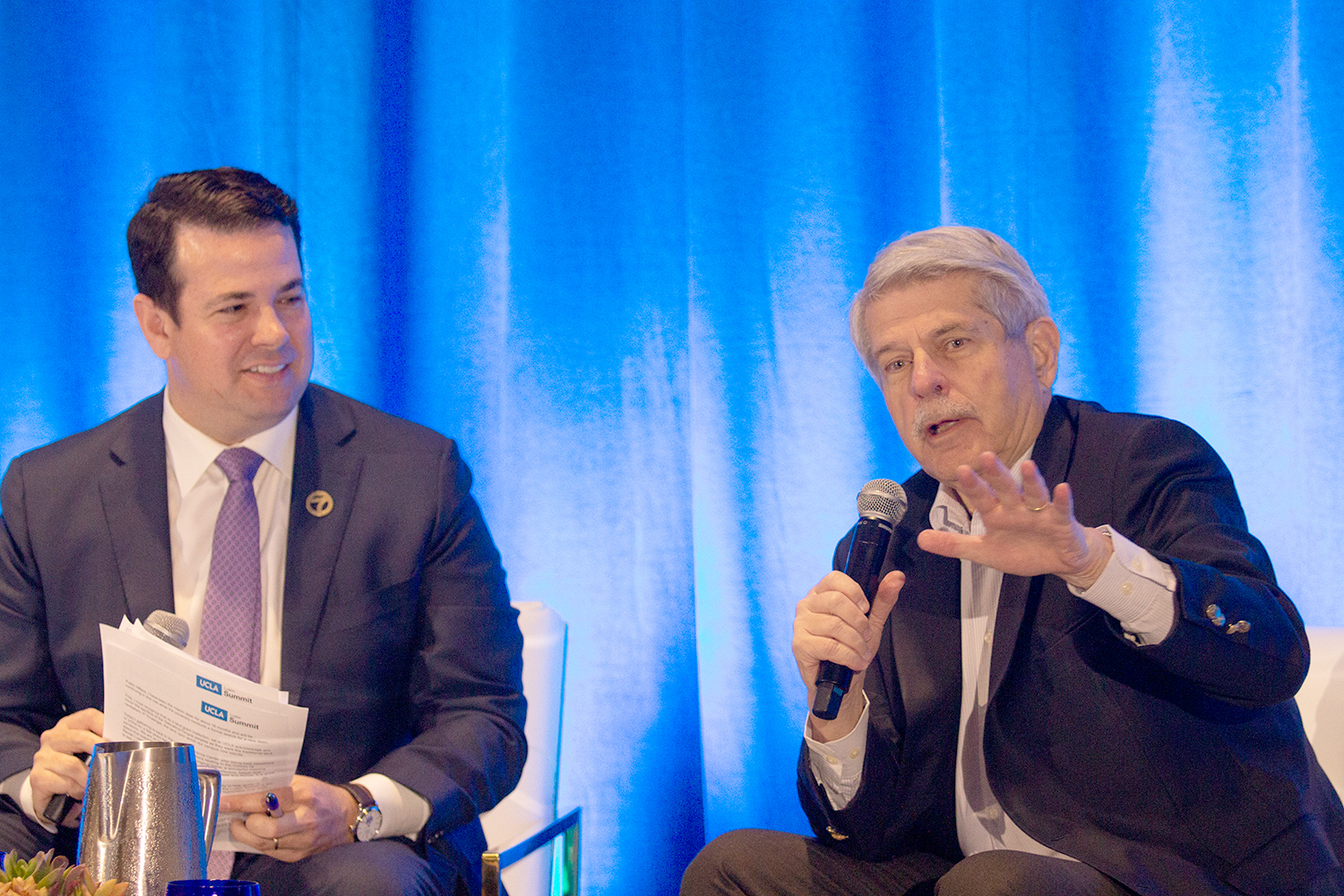
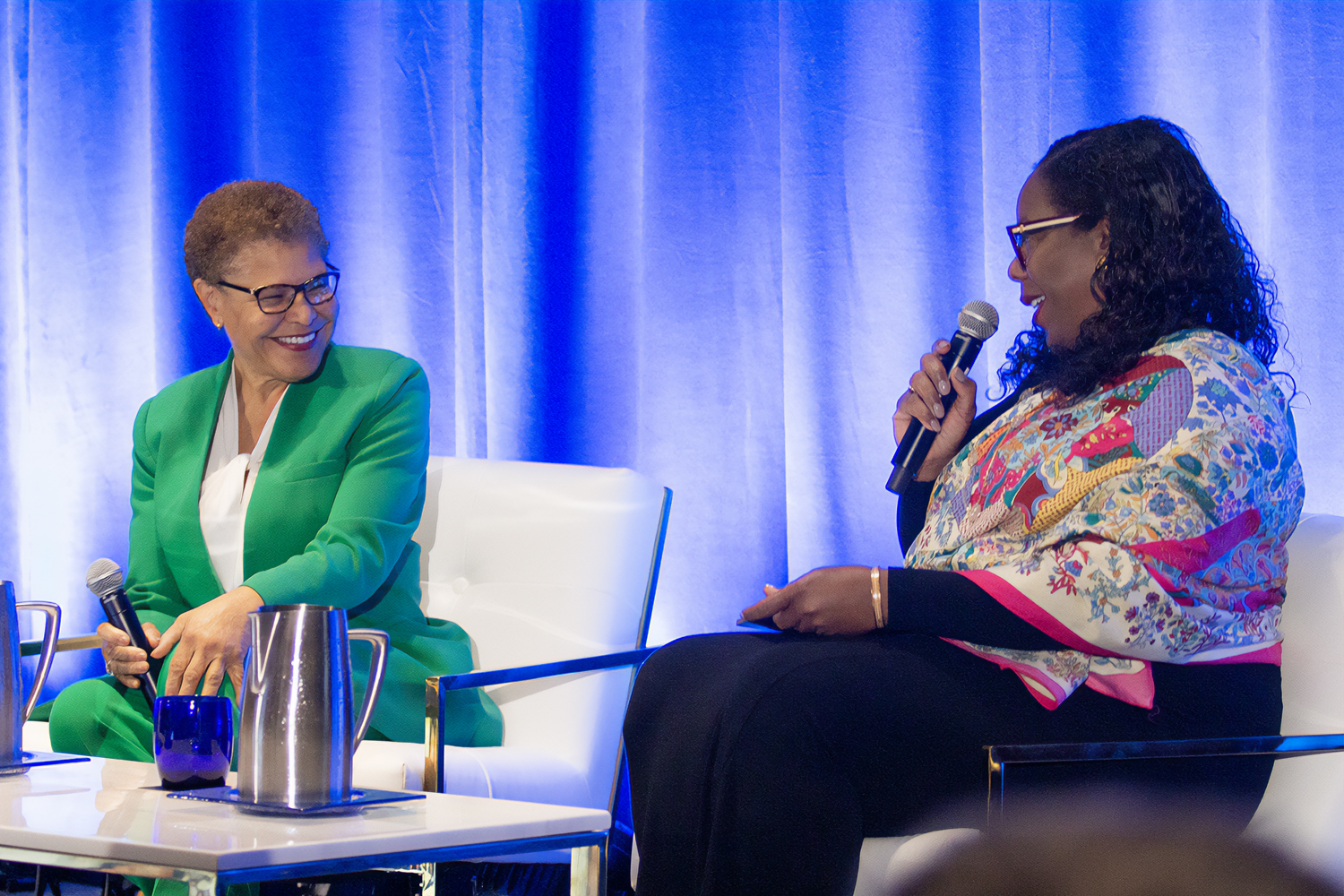
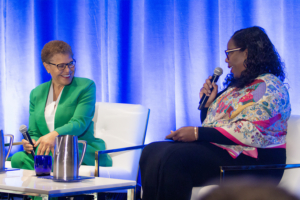
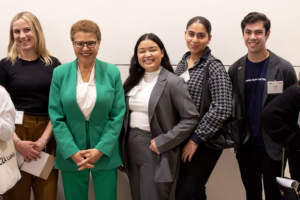
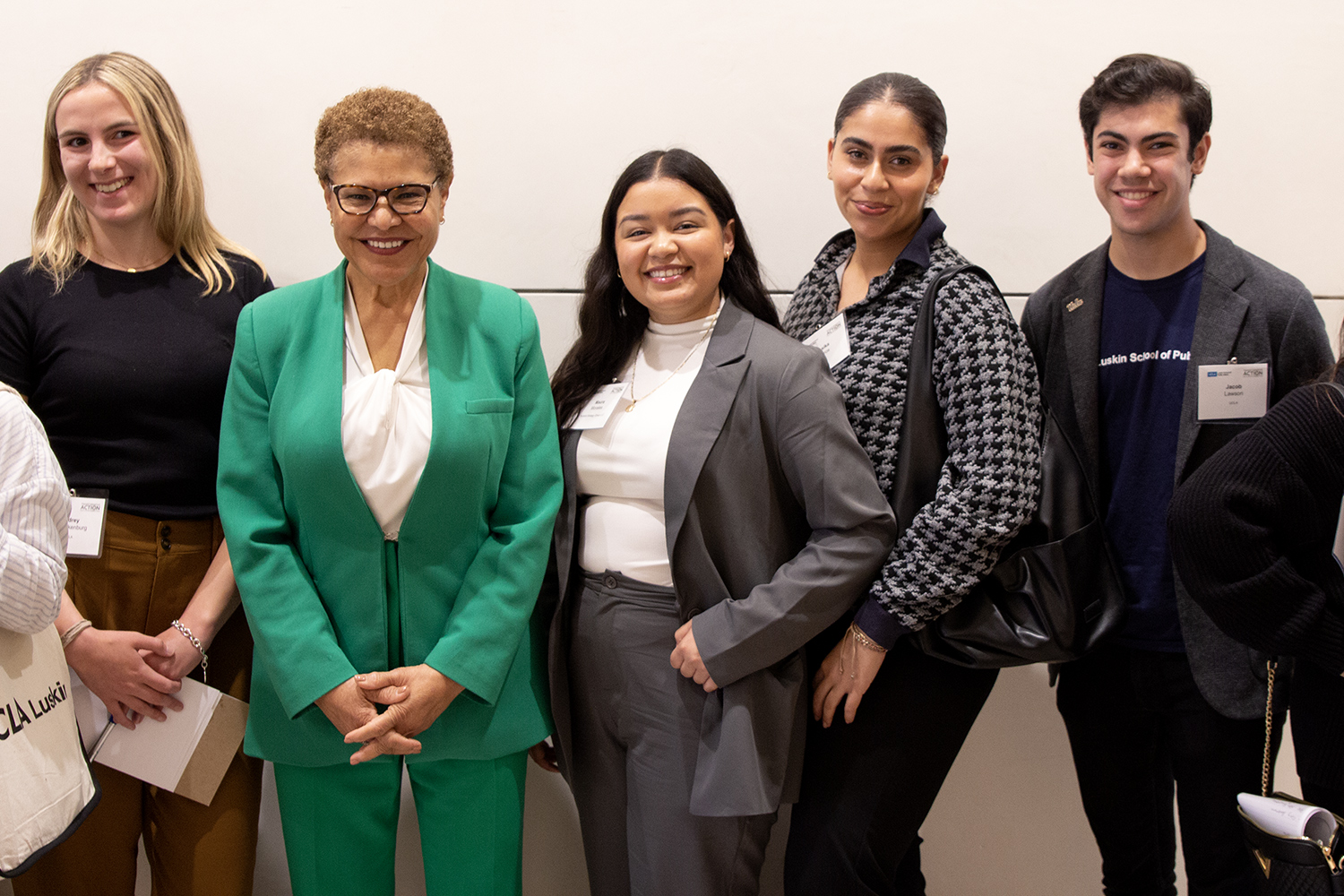

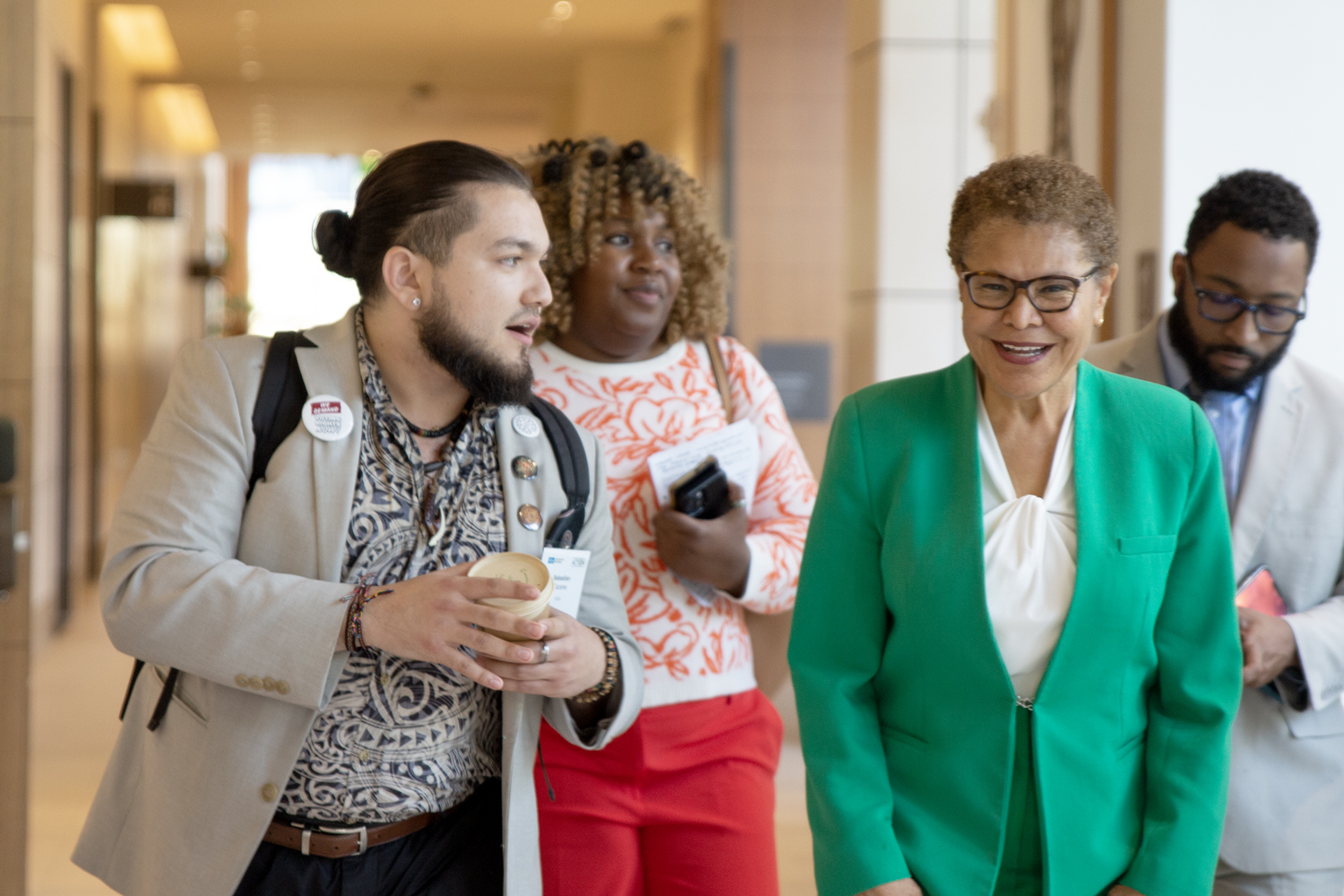
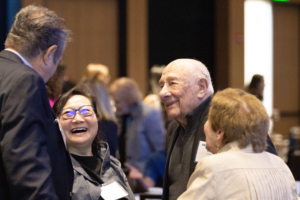
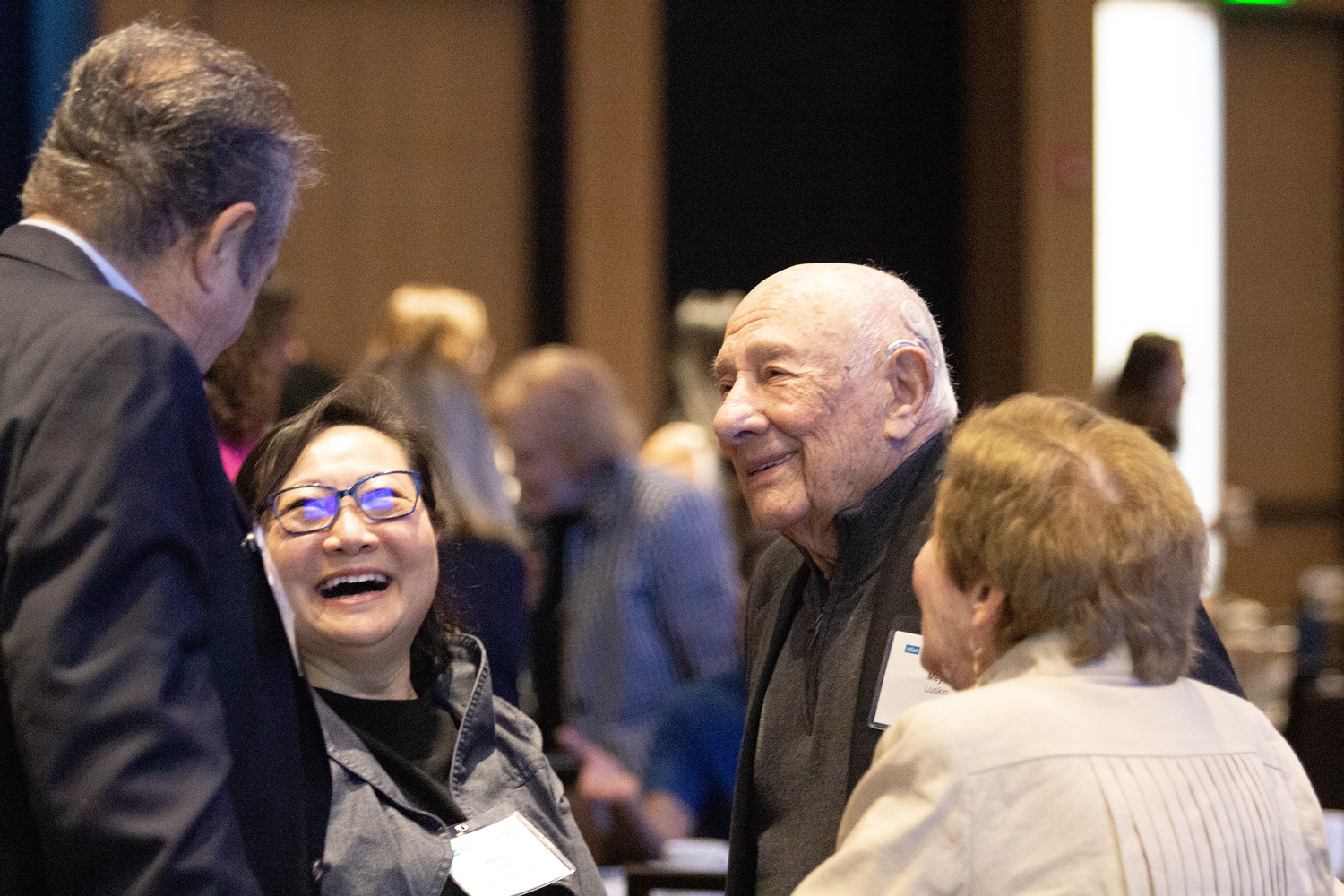
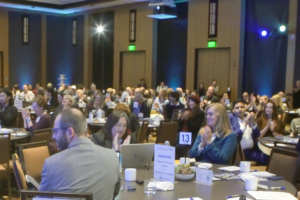
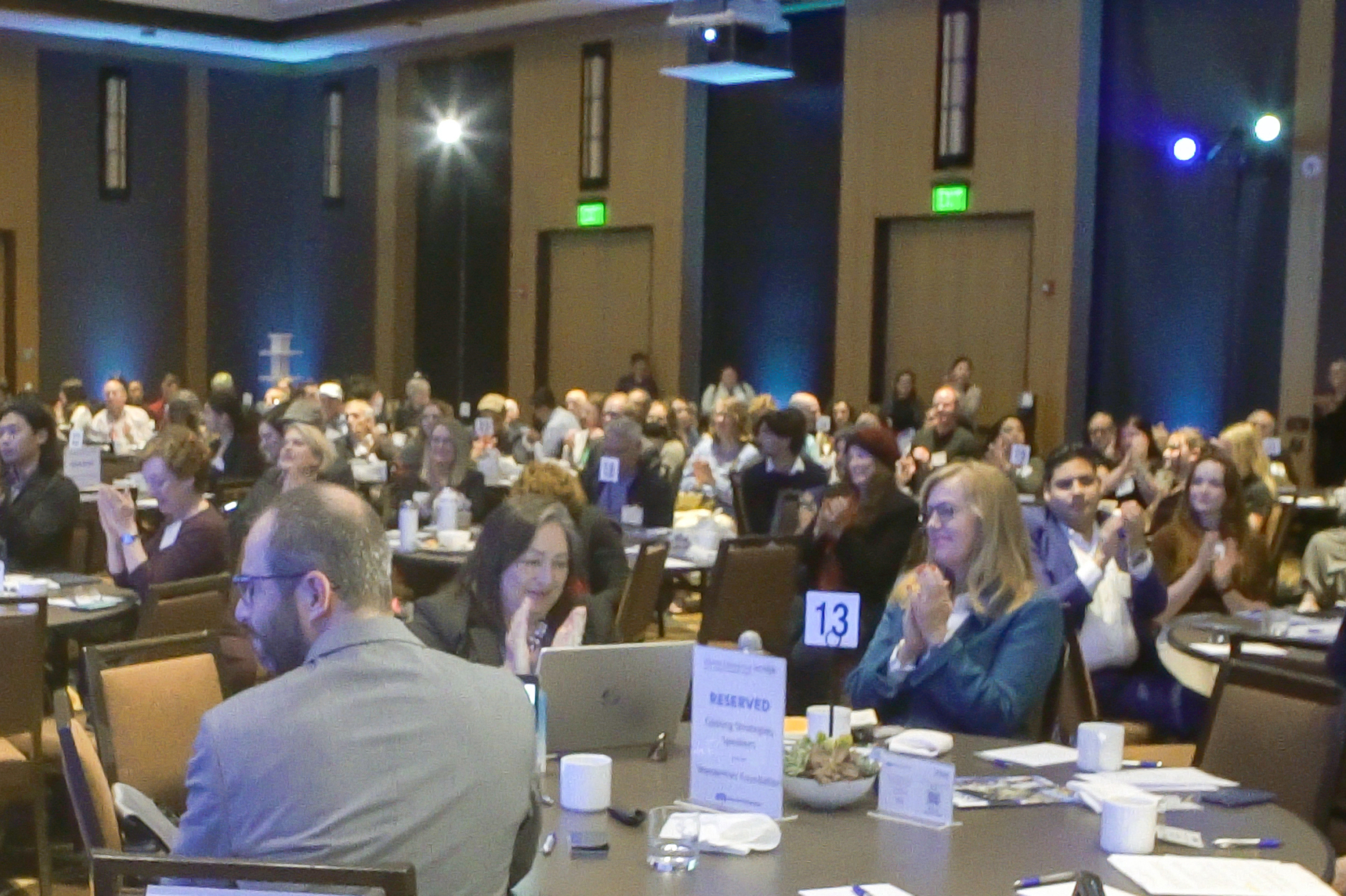
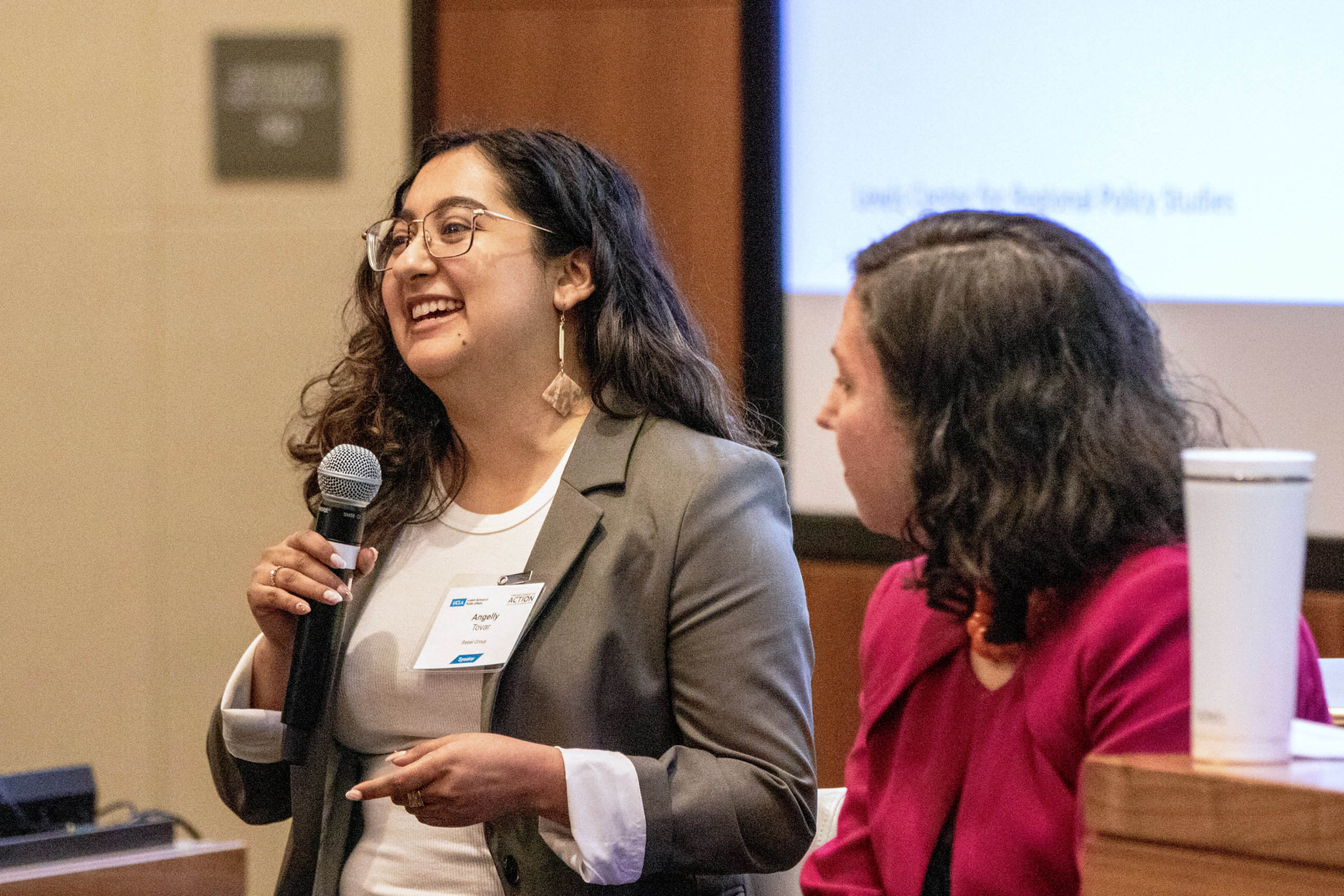
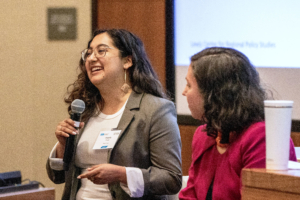
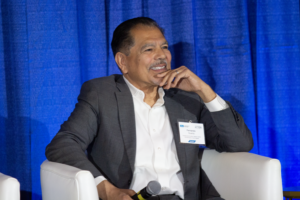
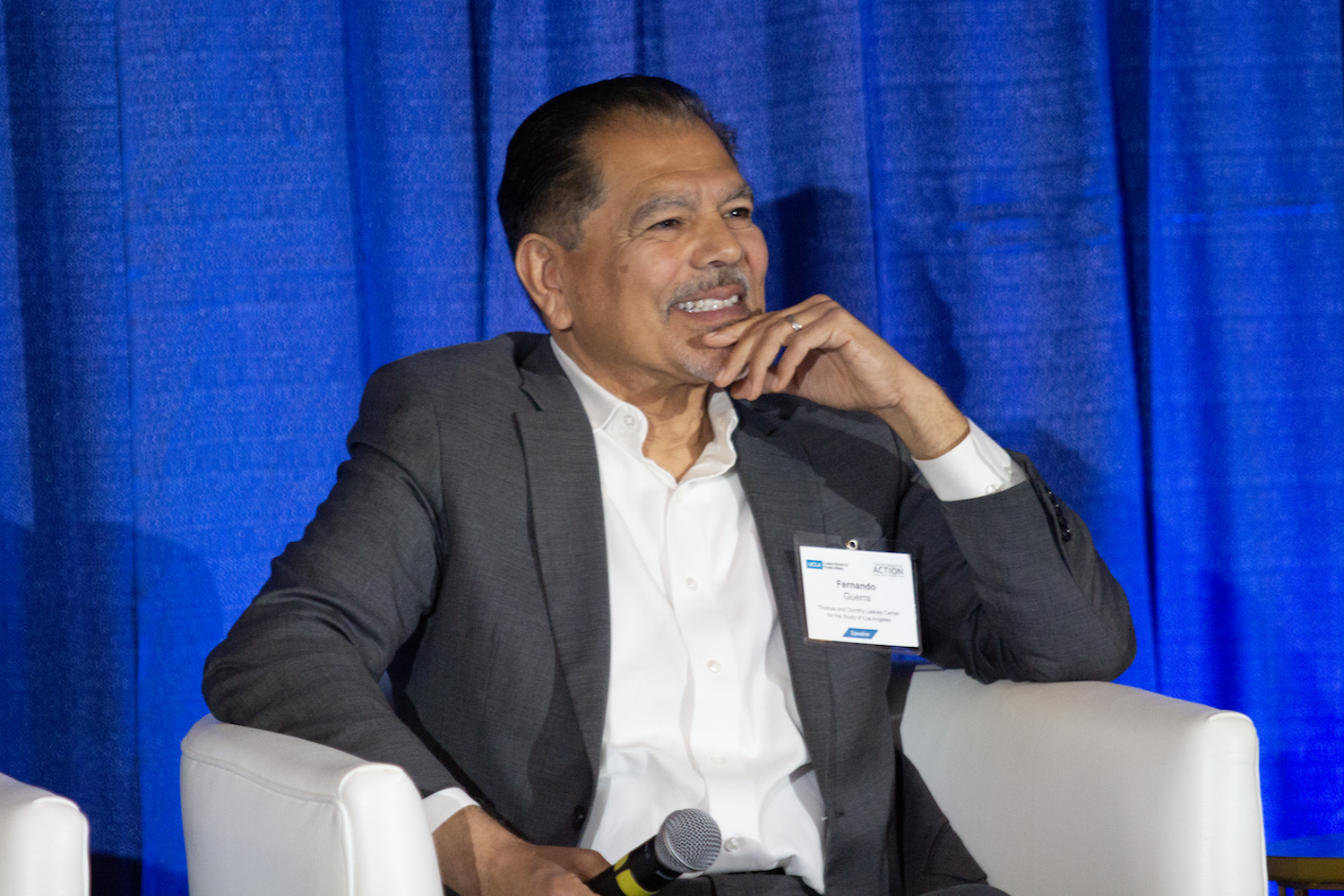
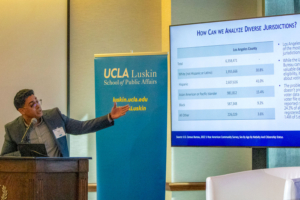
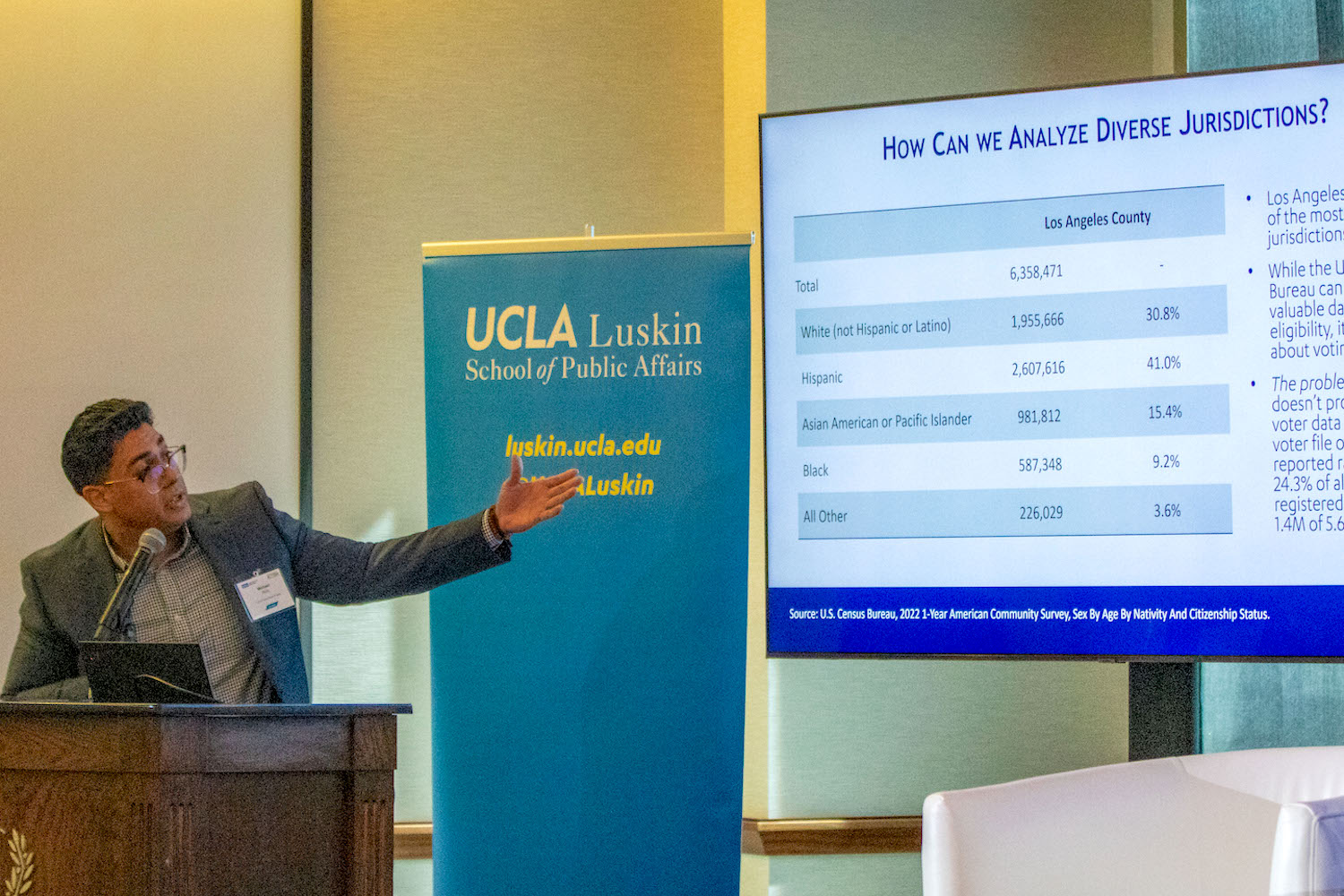
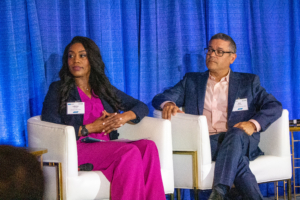
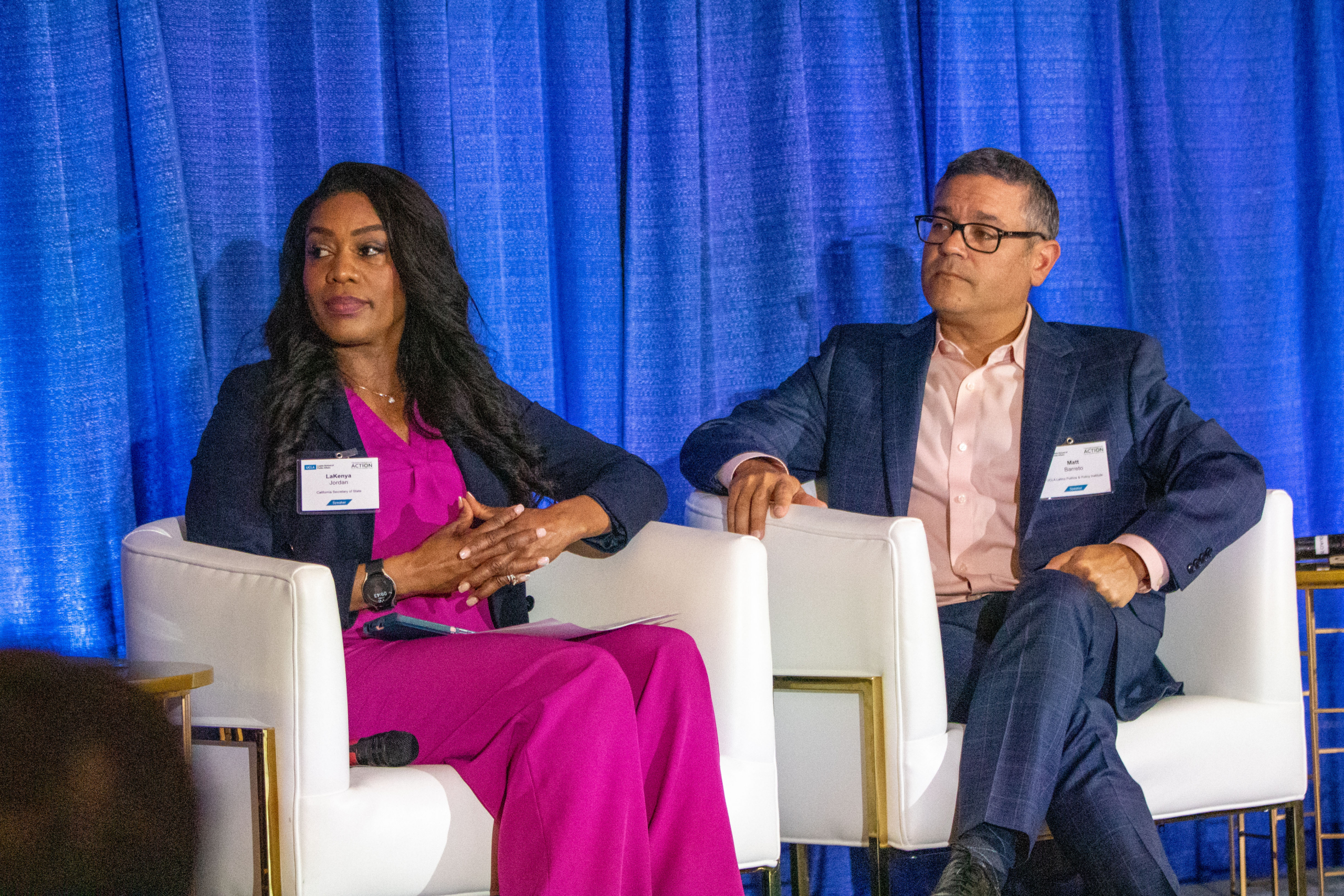
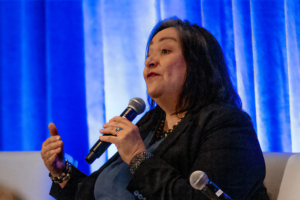
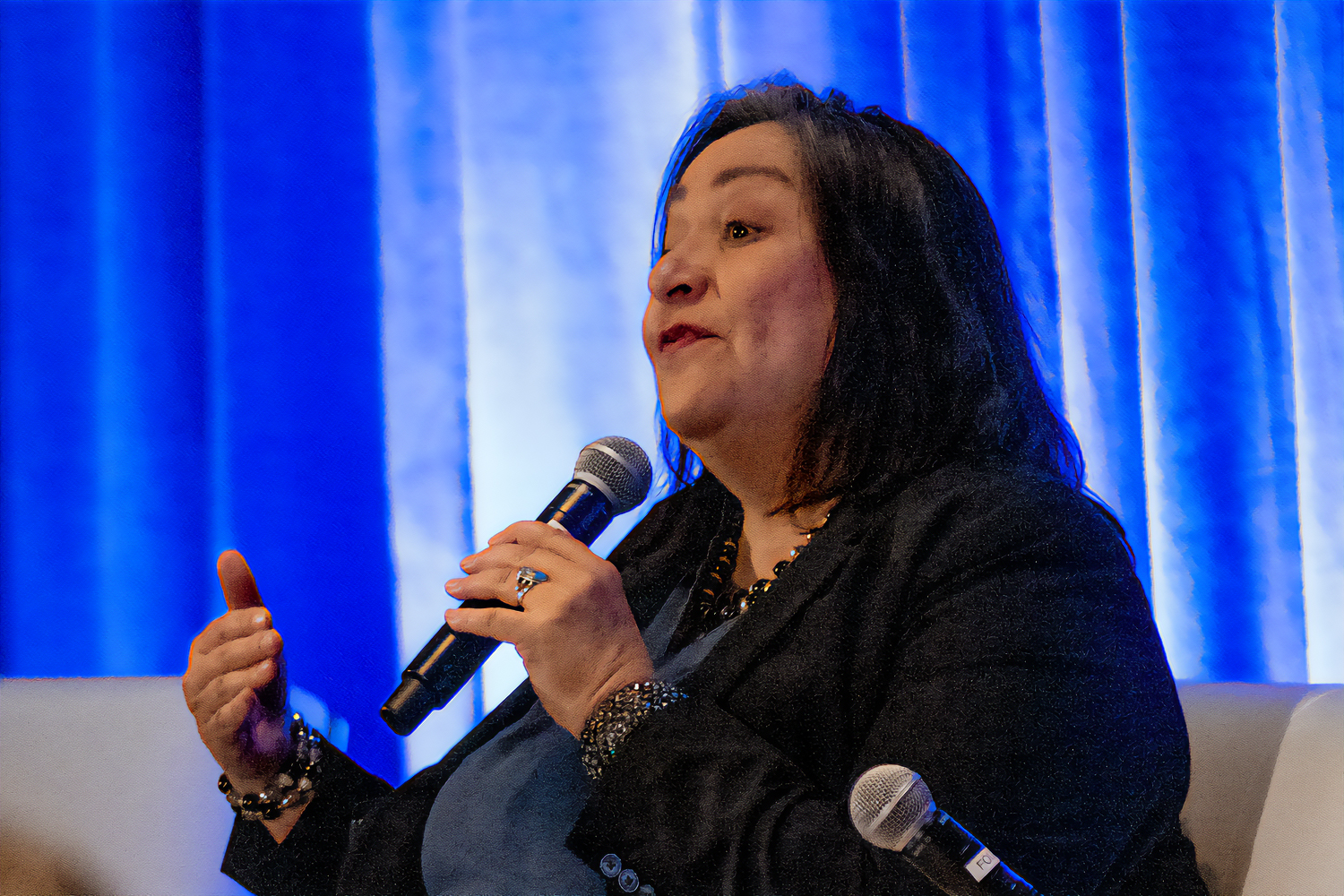

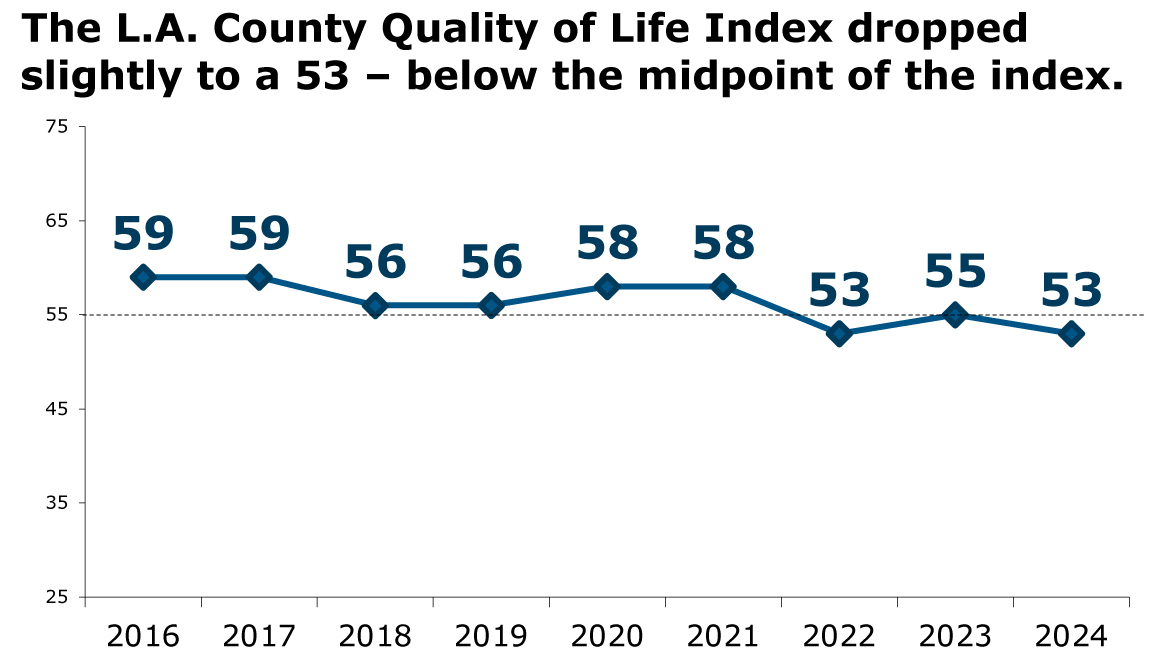
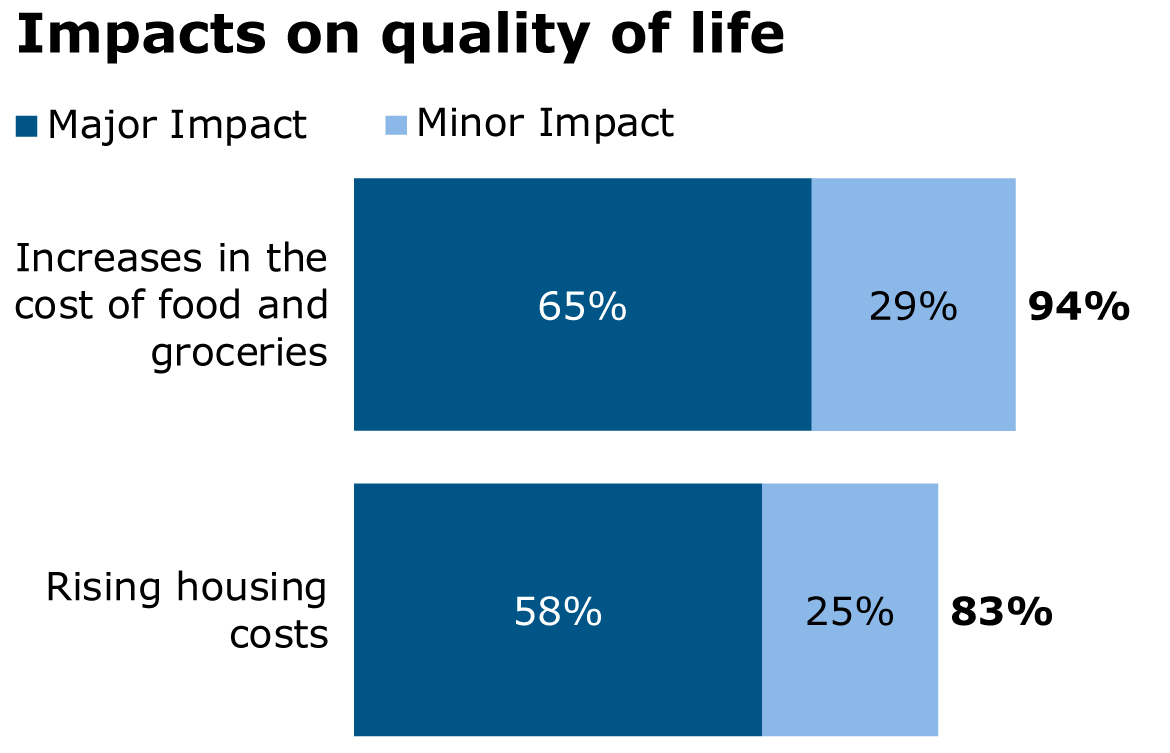
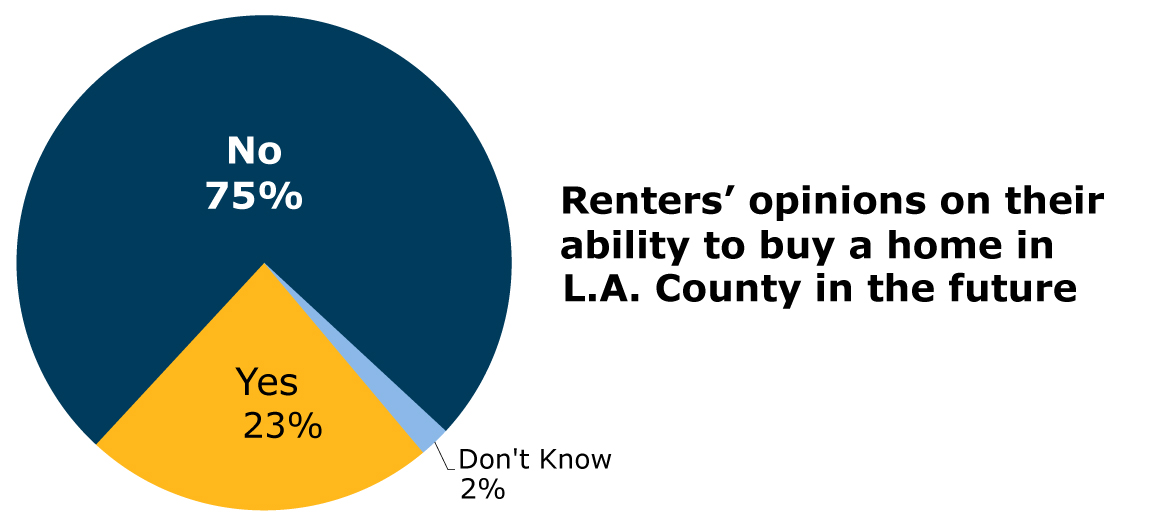
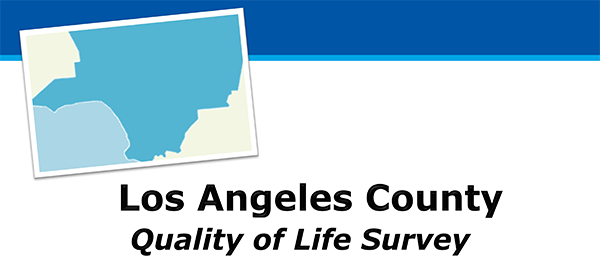
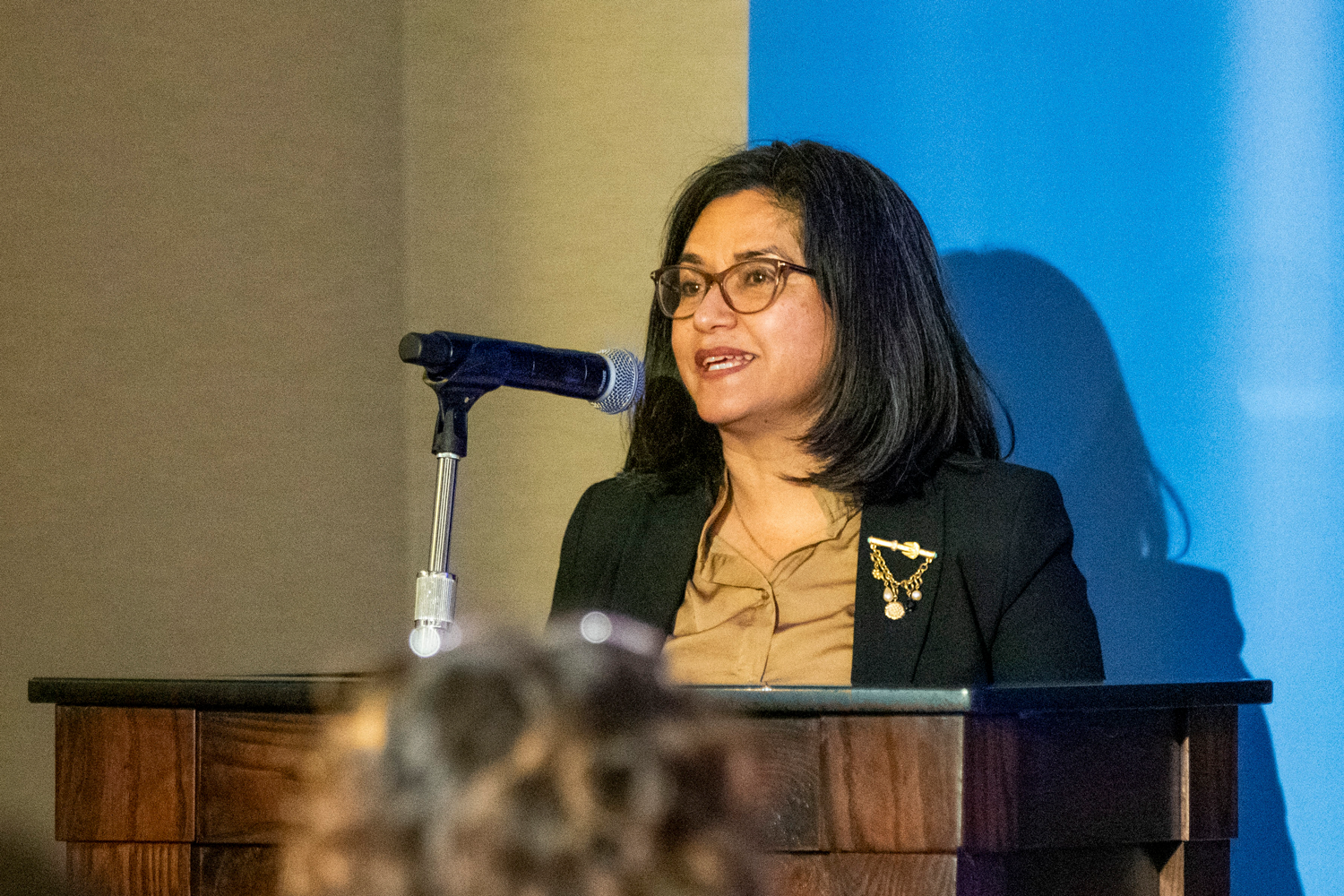
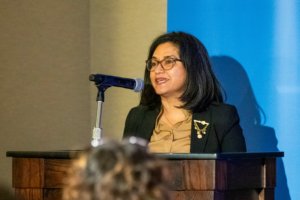
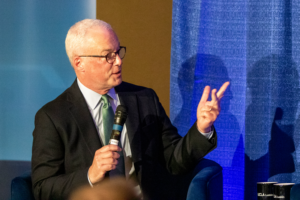
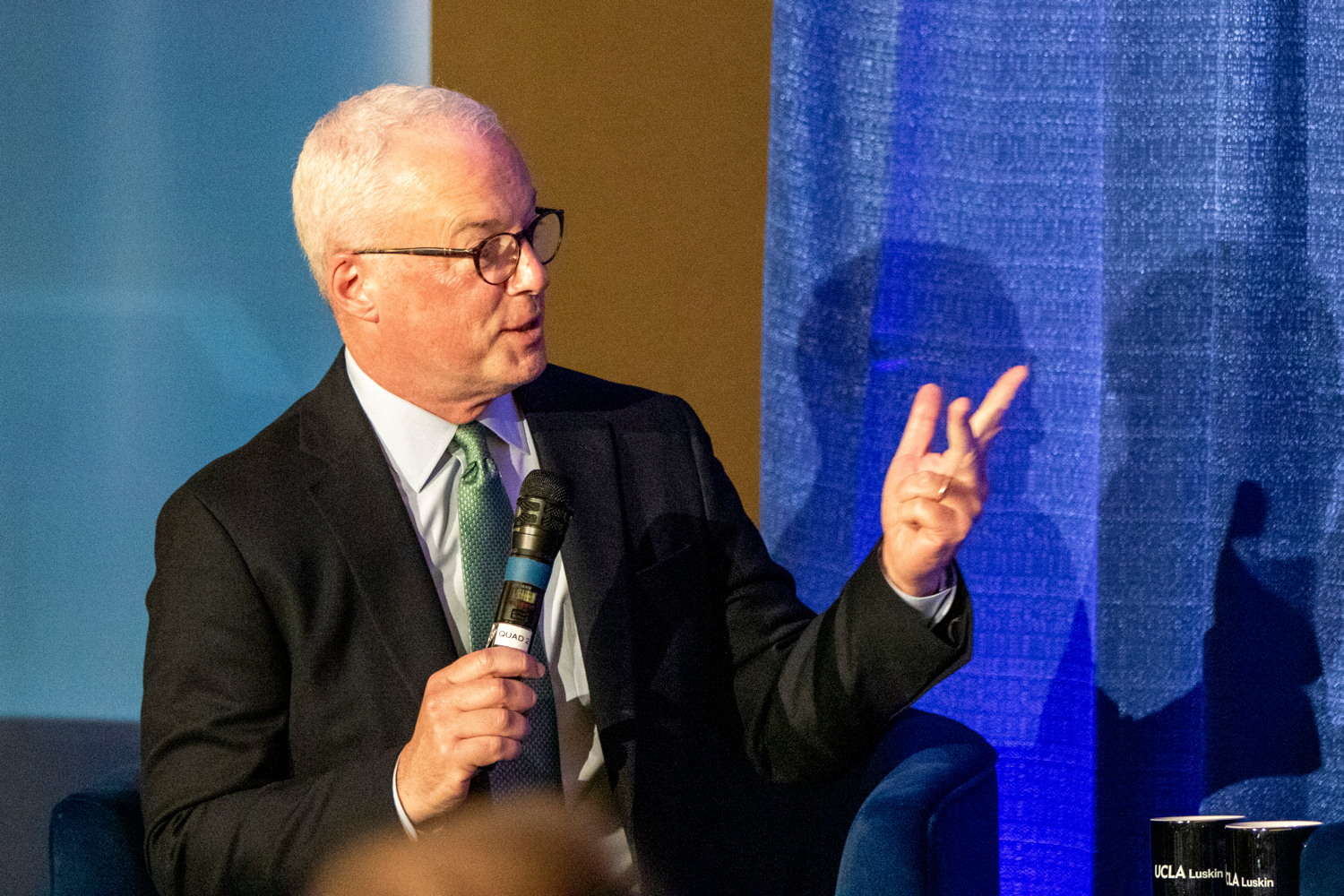
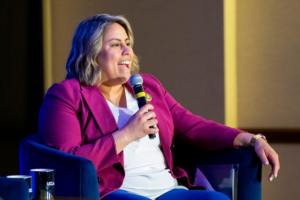
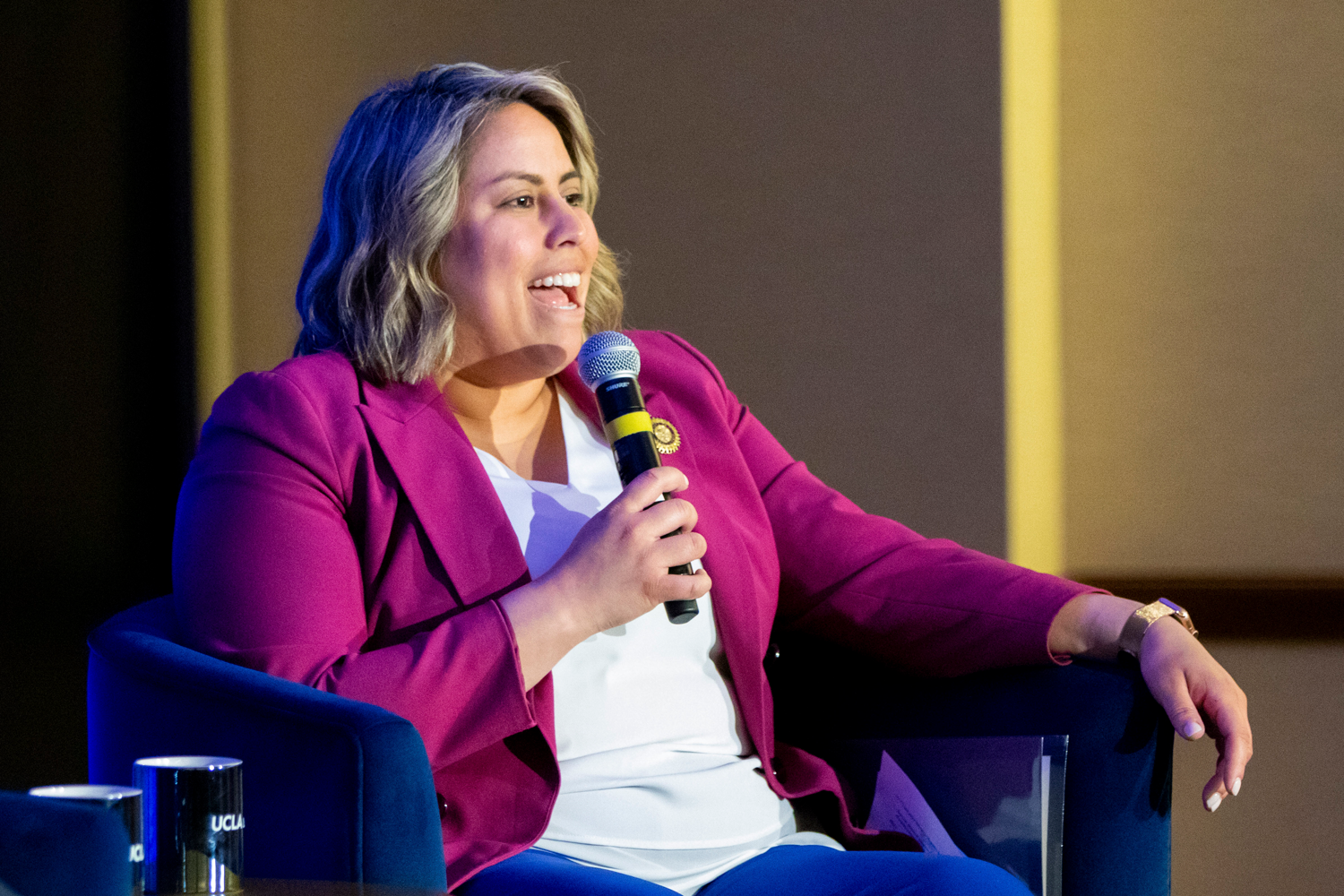
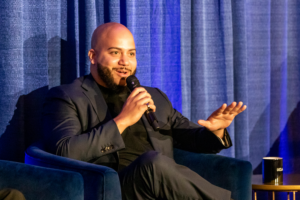
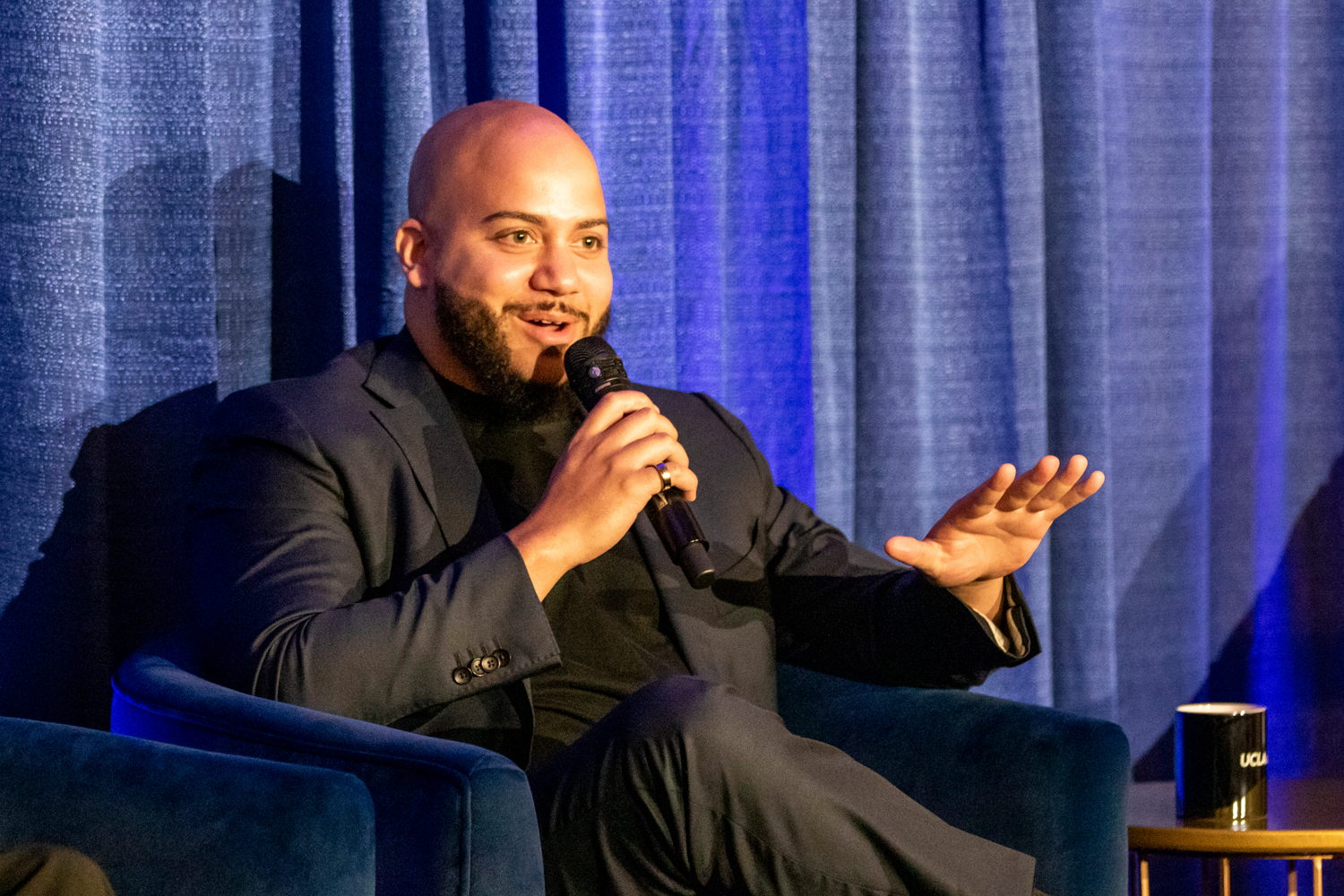
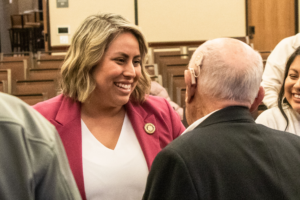
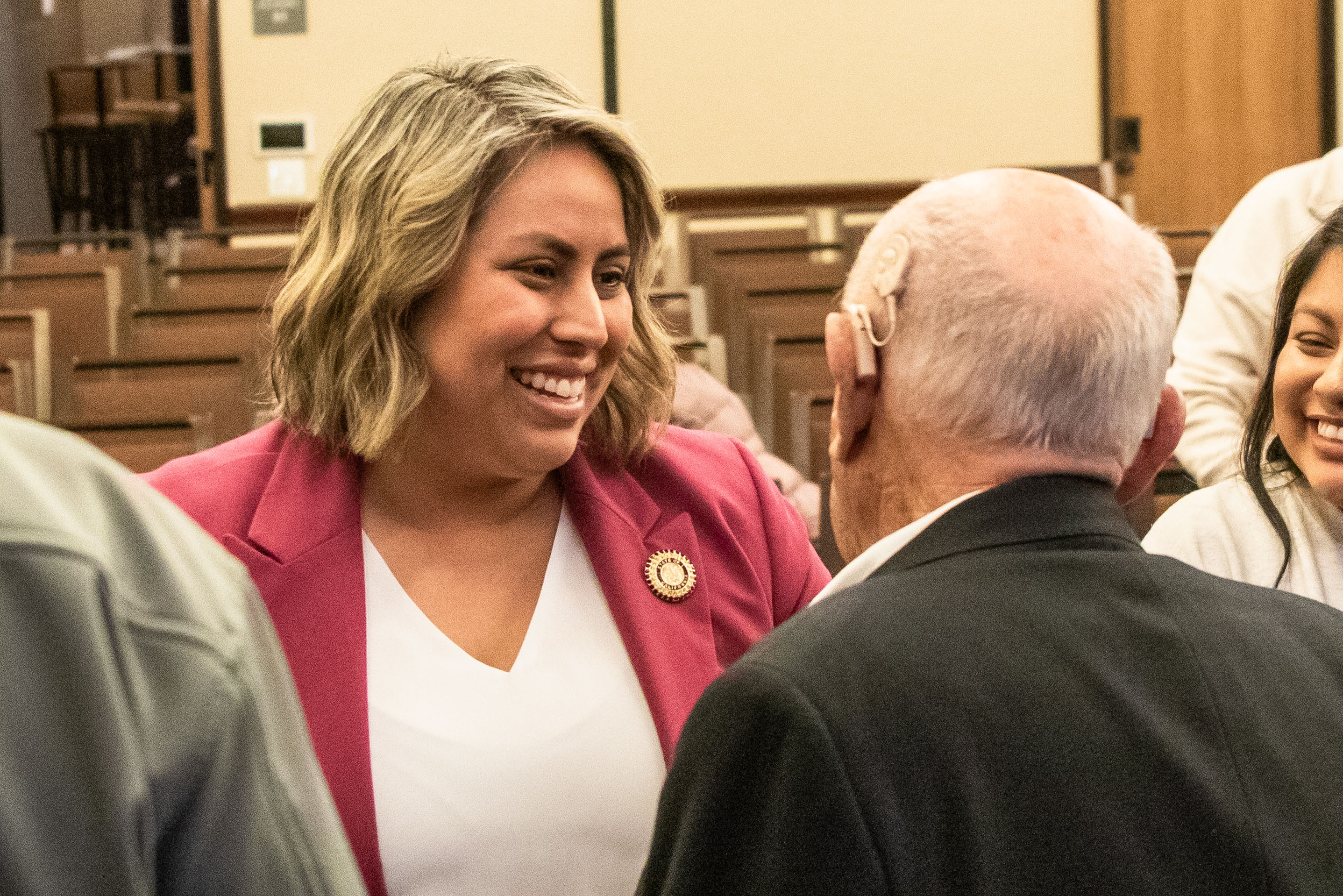

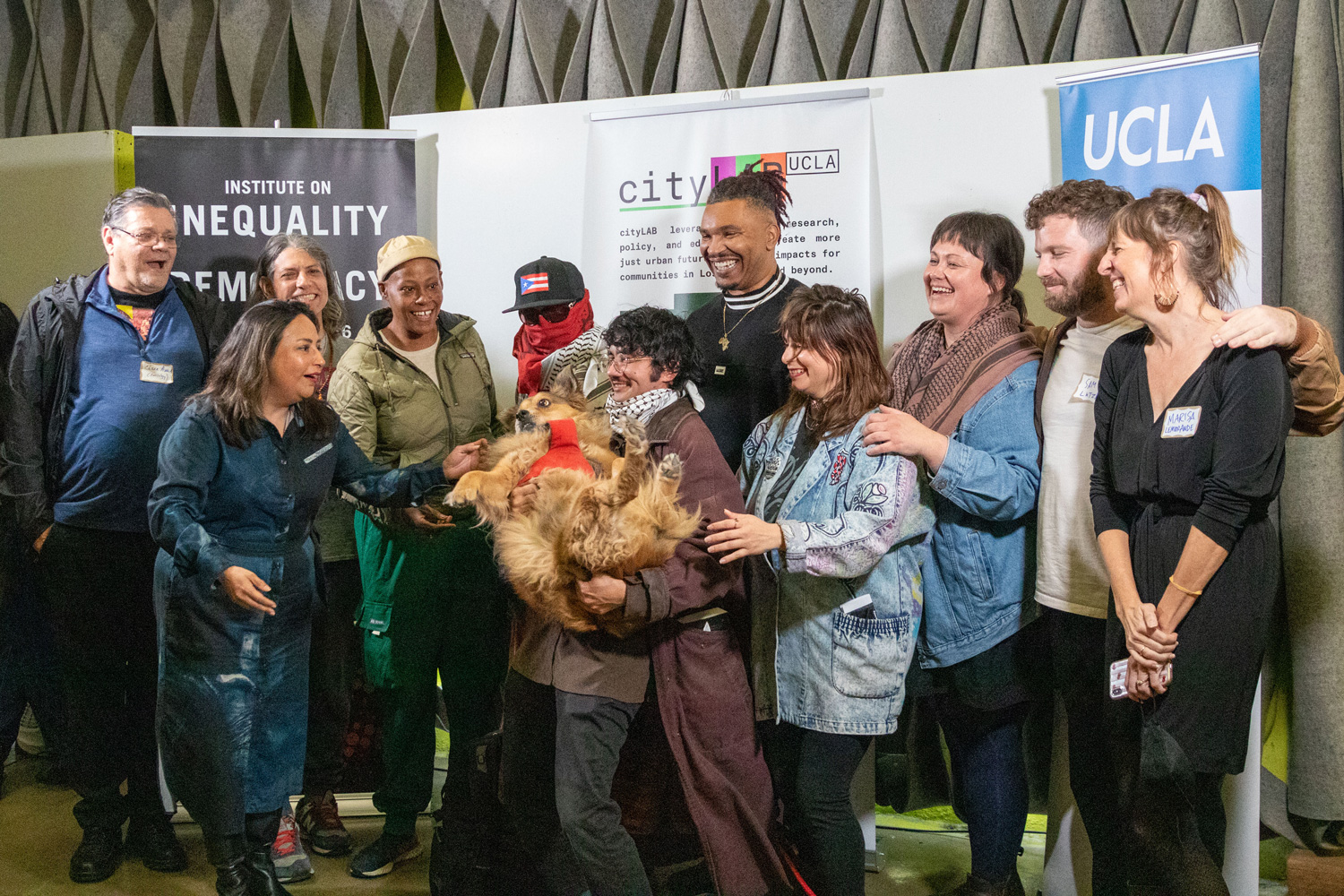
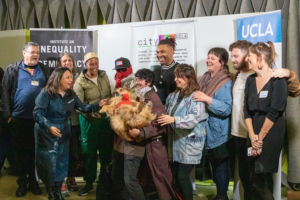
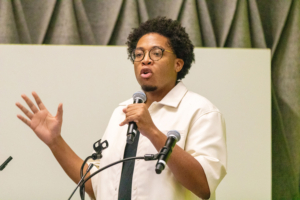
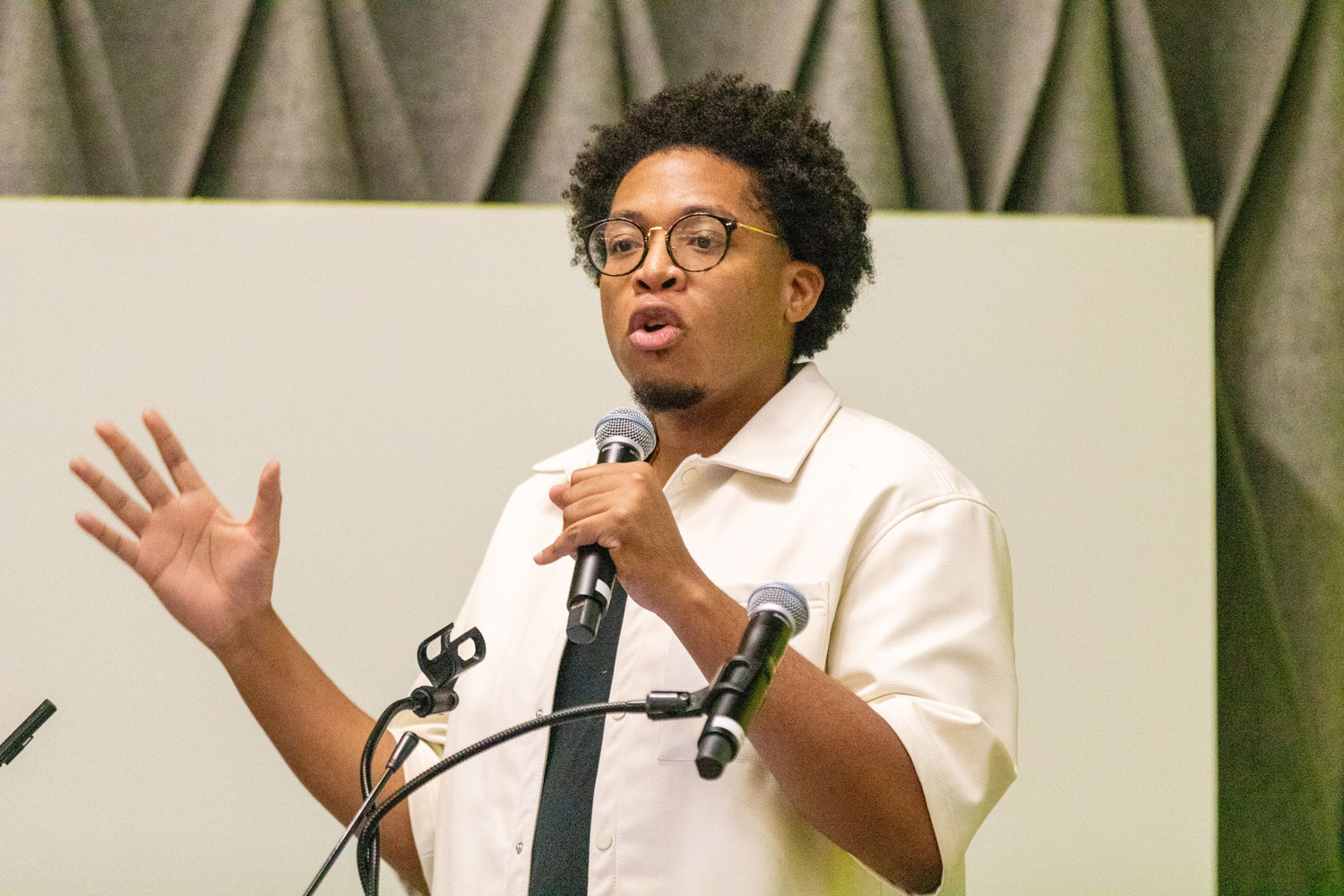
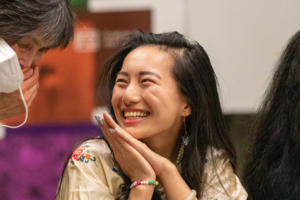
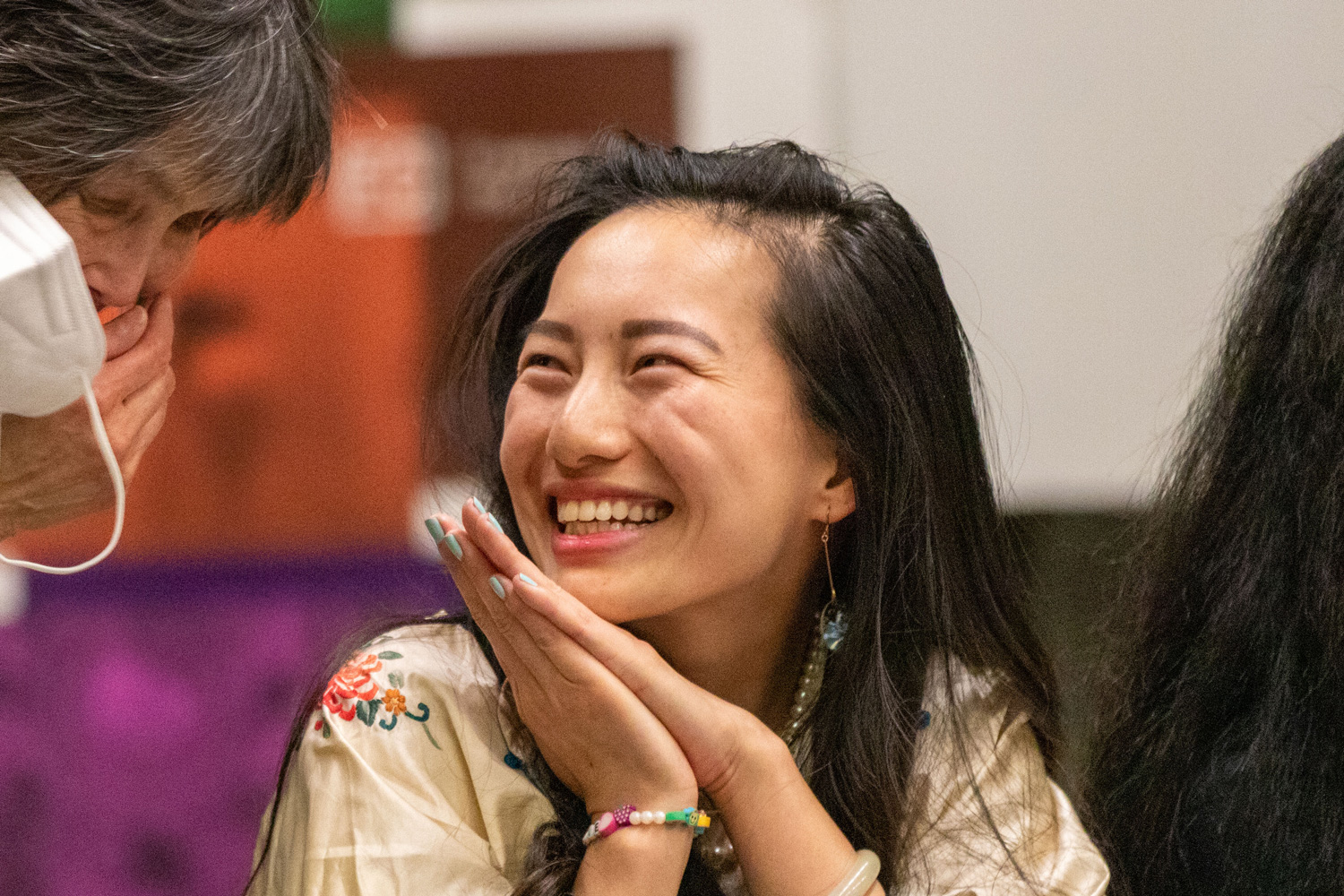
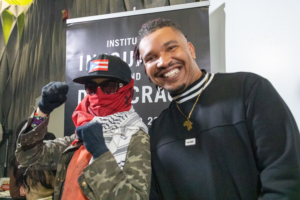
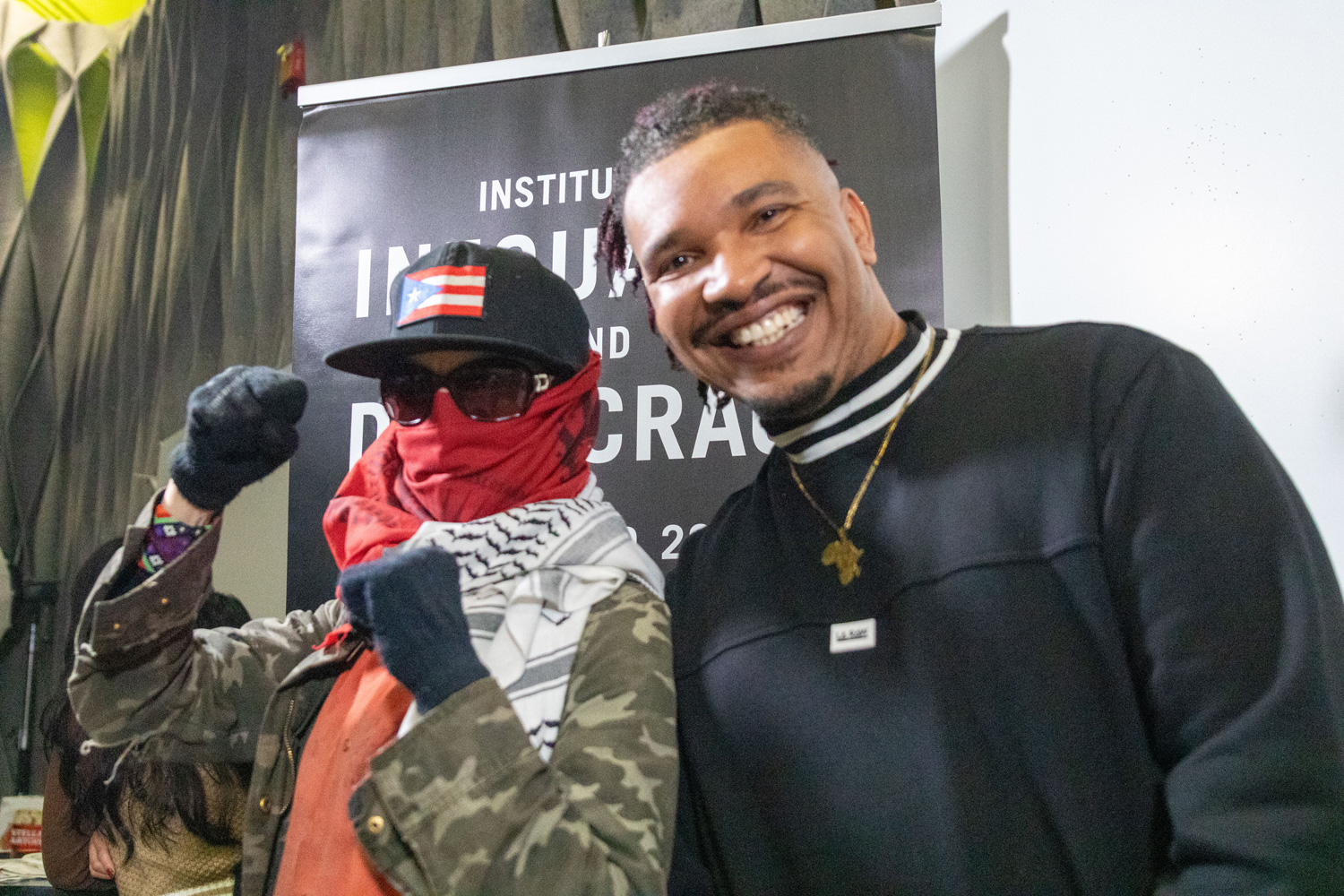
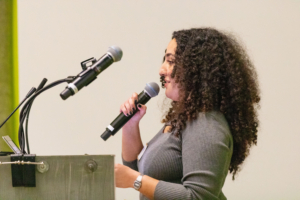
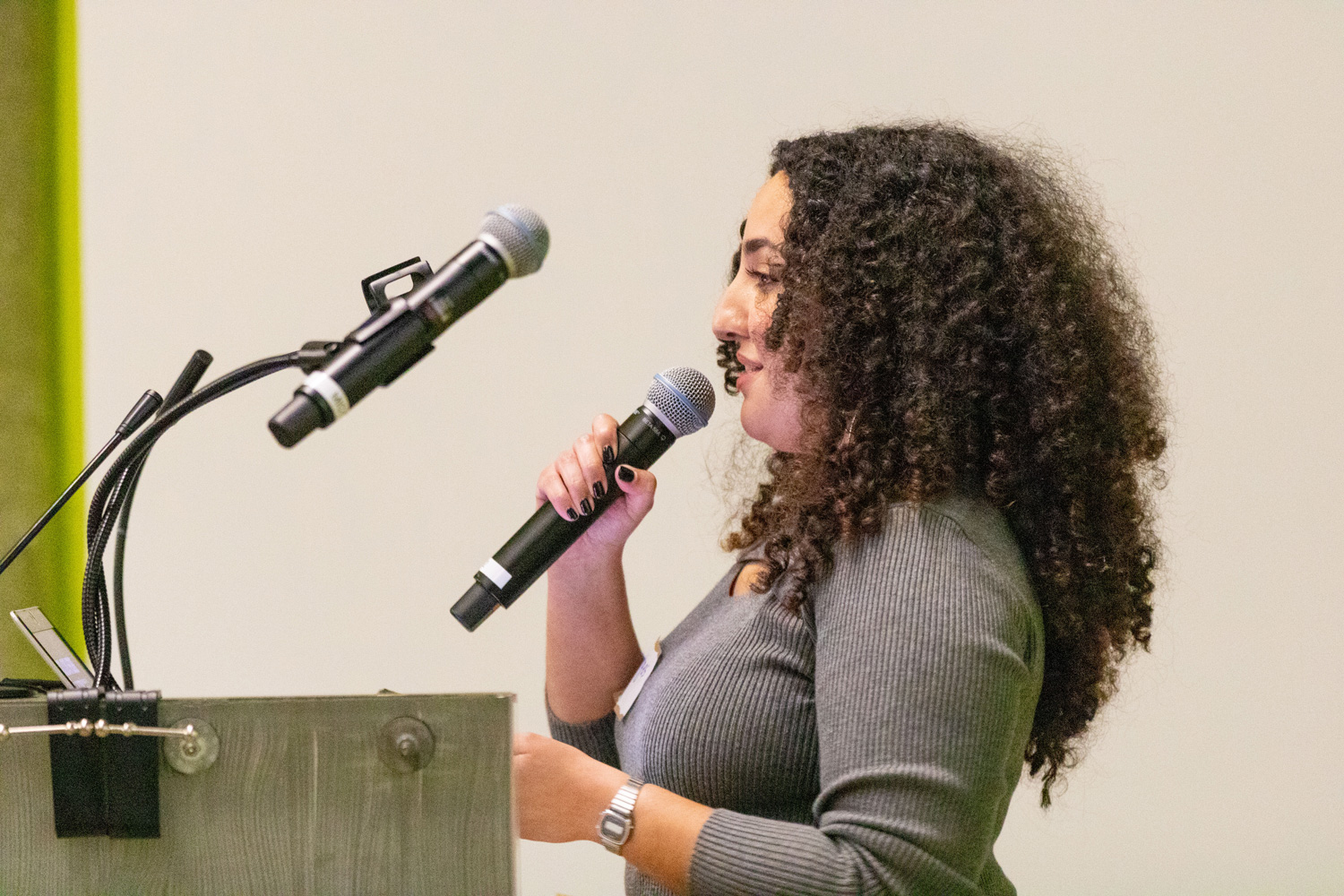
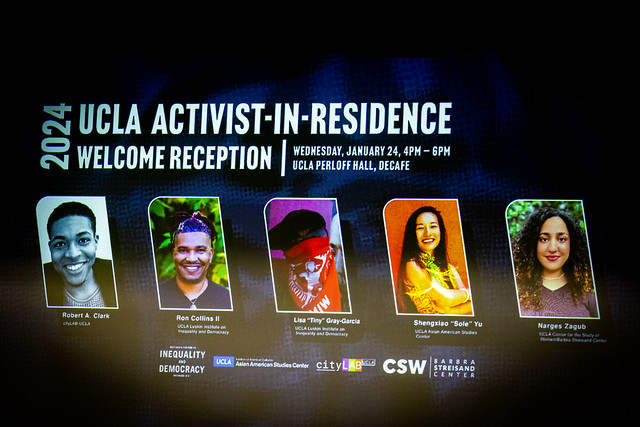
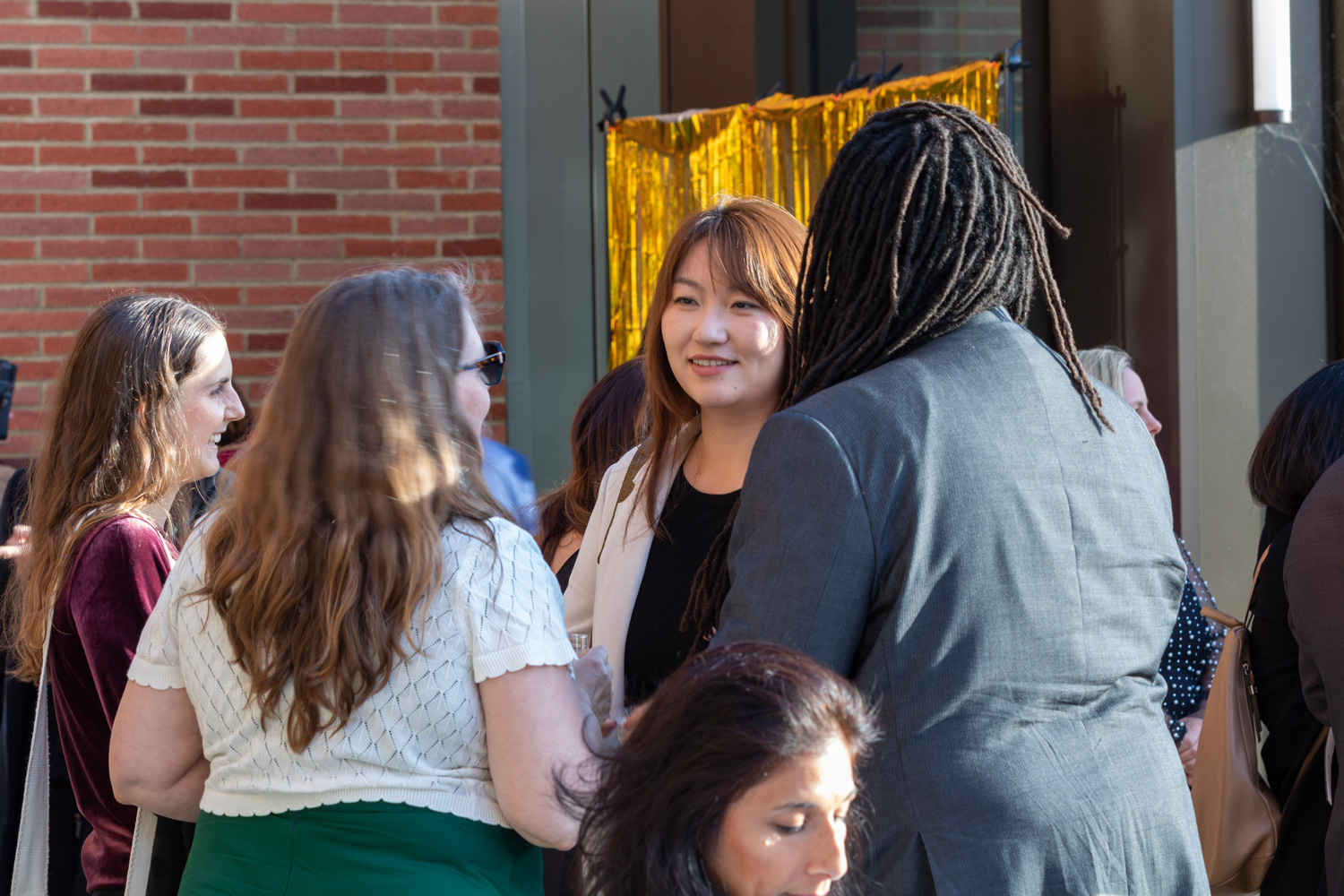

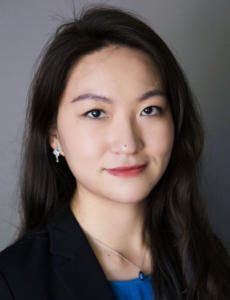 “When your evidence is not digestible to practitioners, it’s not going to lead to any changes. Charts, graphs and diagrams help them to see the process and use the data in a very interactive and timely manner.”
“When your evidence is not digestible to practitioners, it’s not going to lead to any changes. Charts, graphs and diagrams help them to see the process and use the data in a very interactive and timely manner.”

